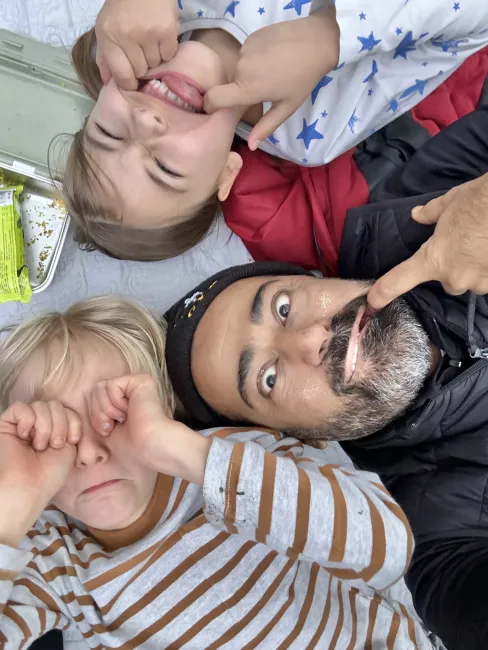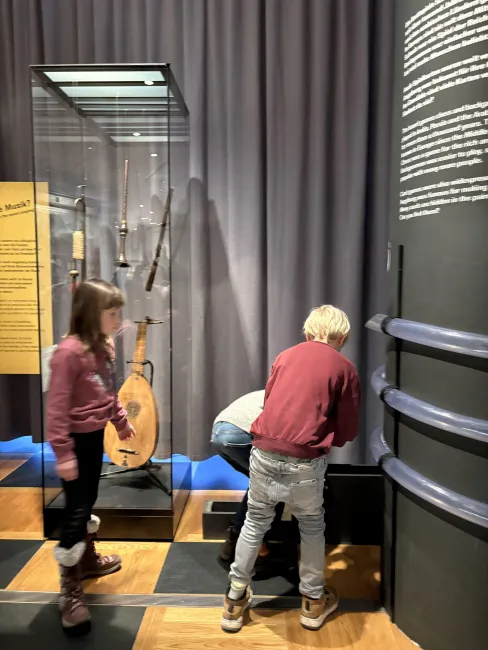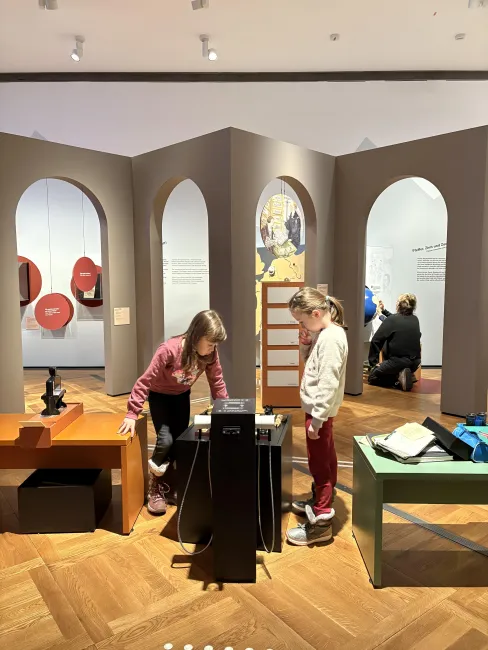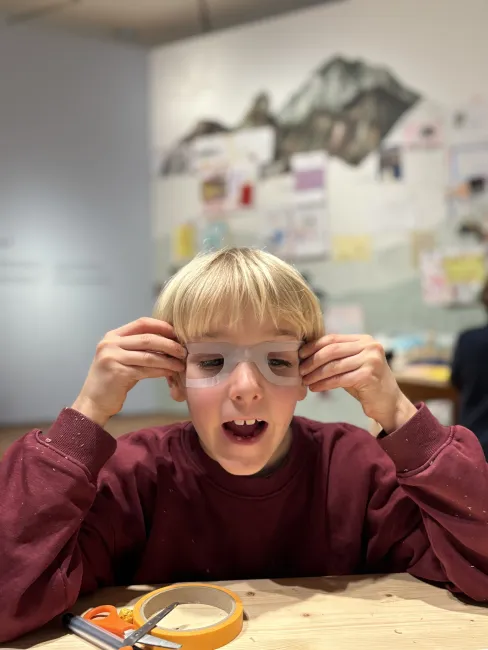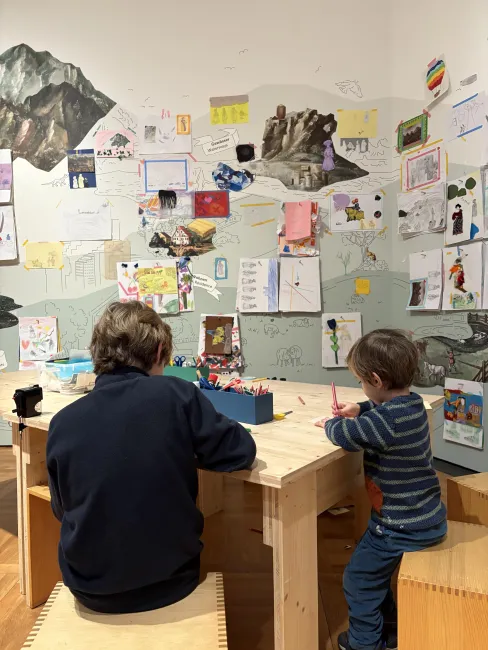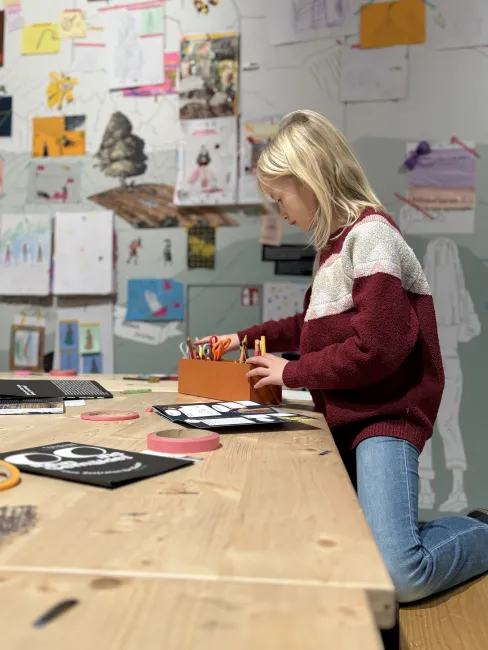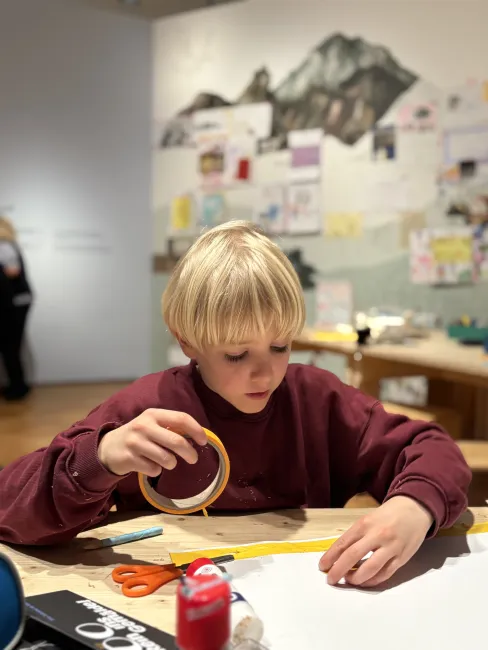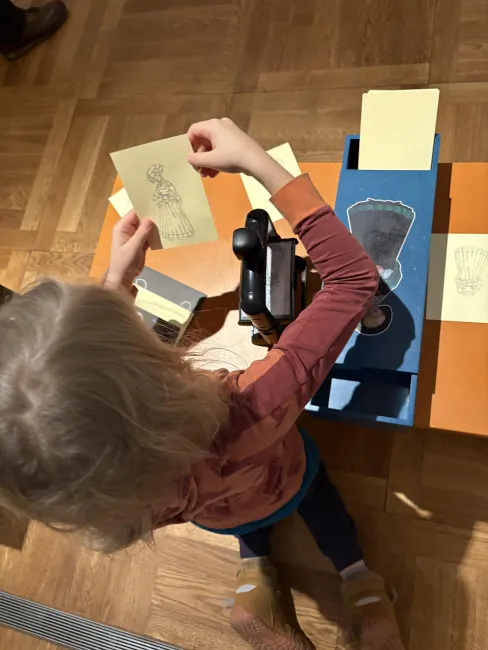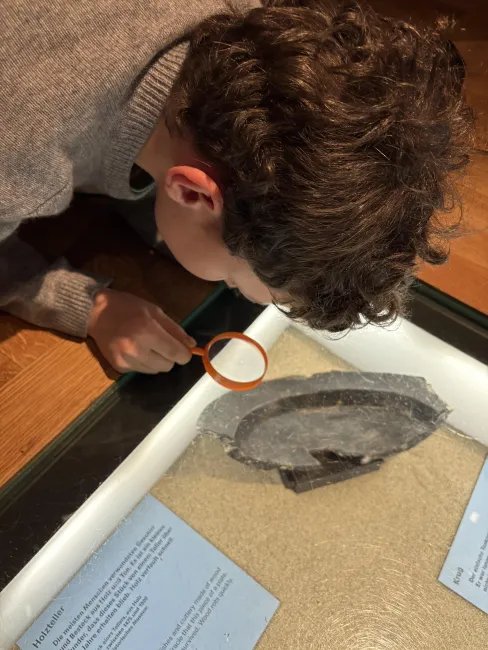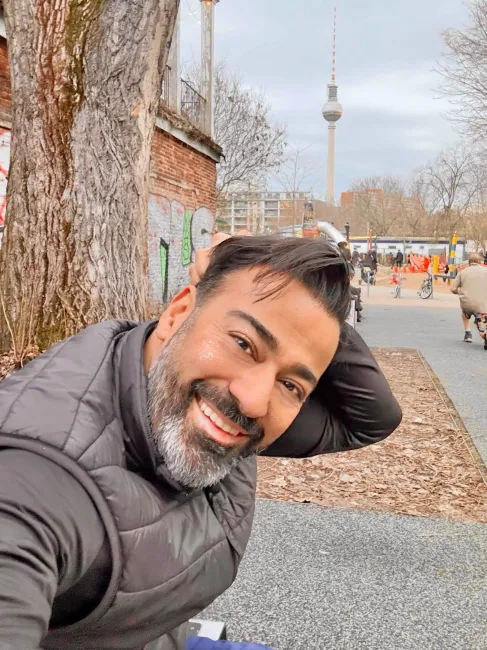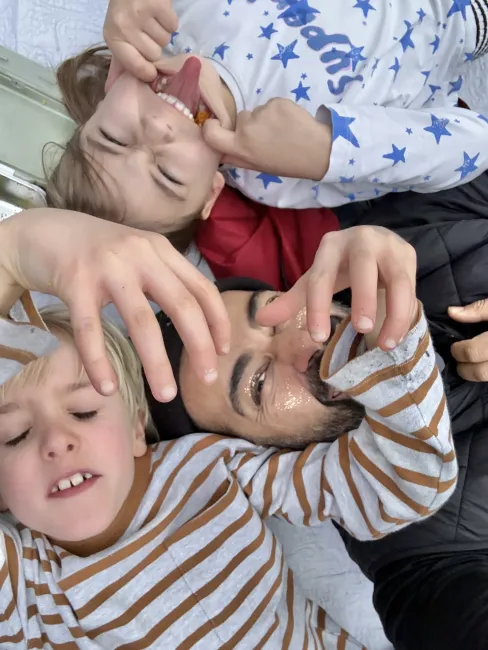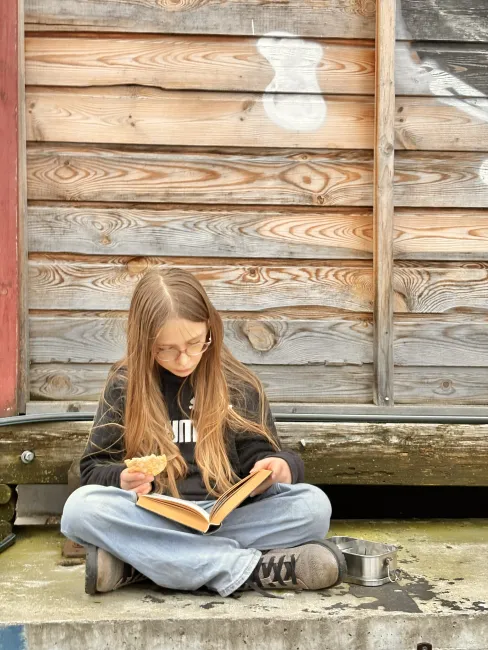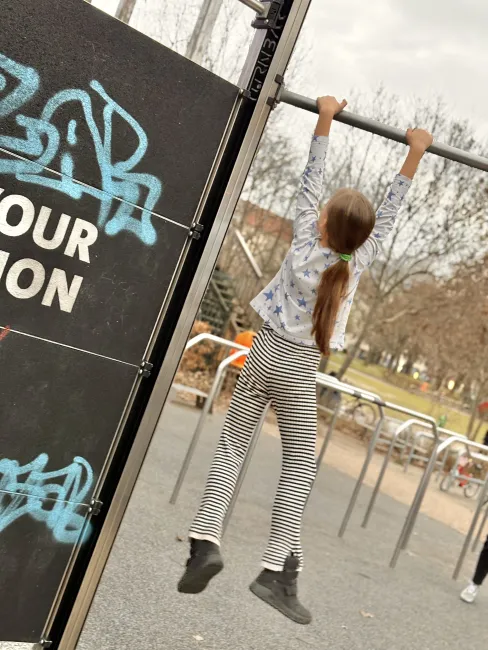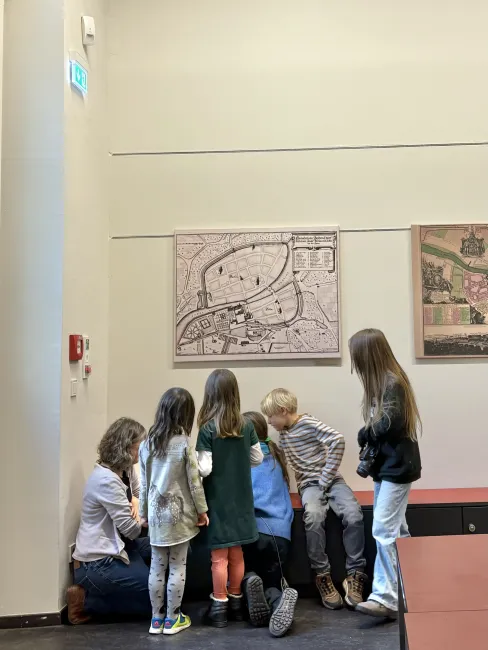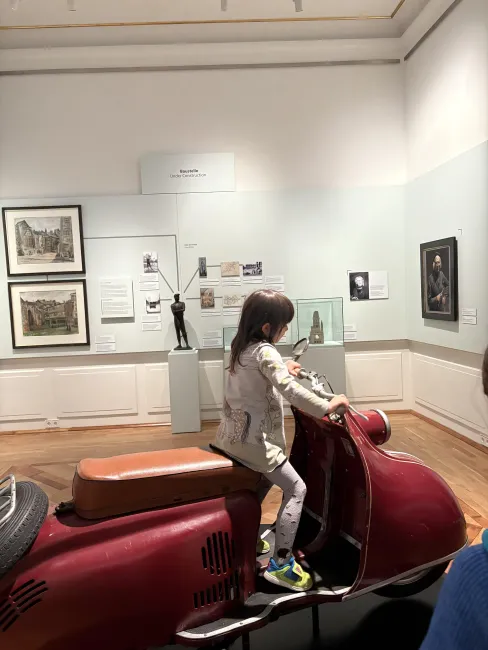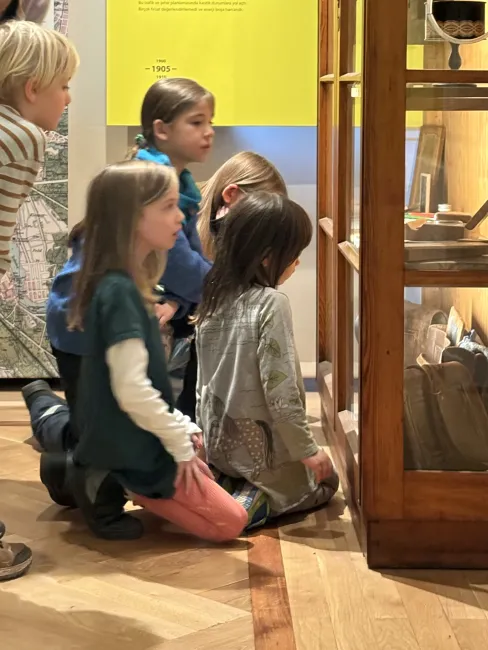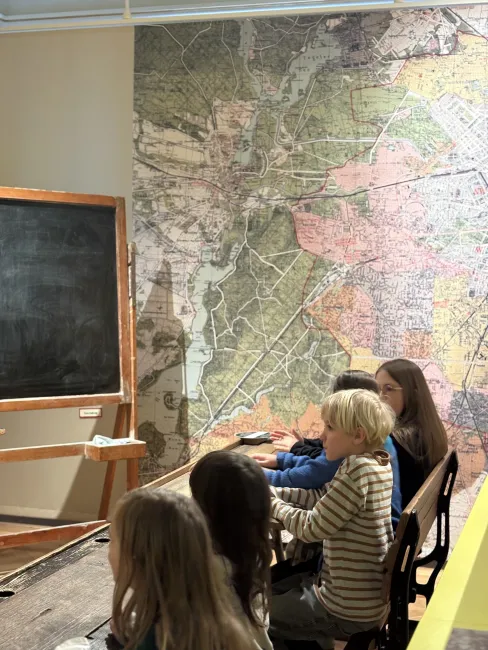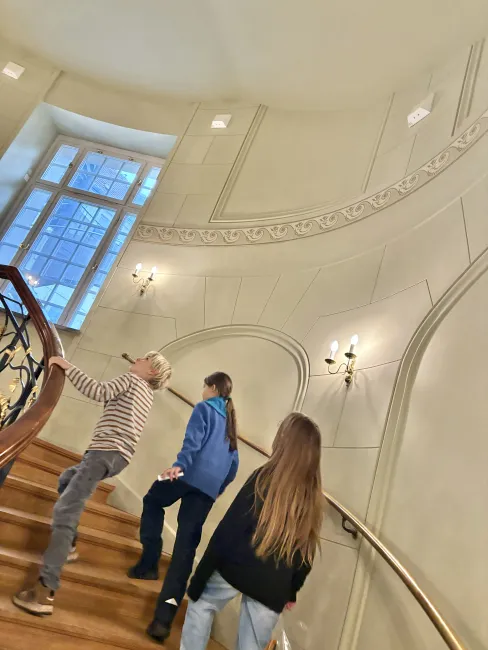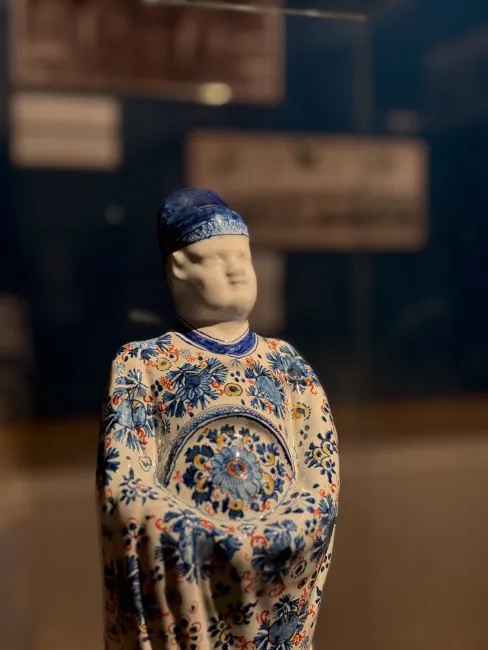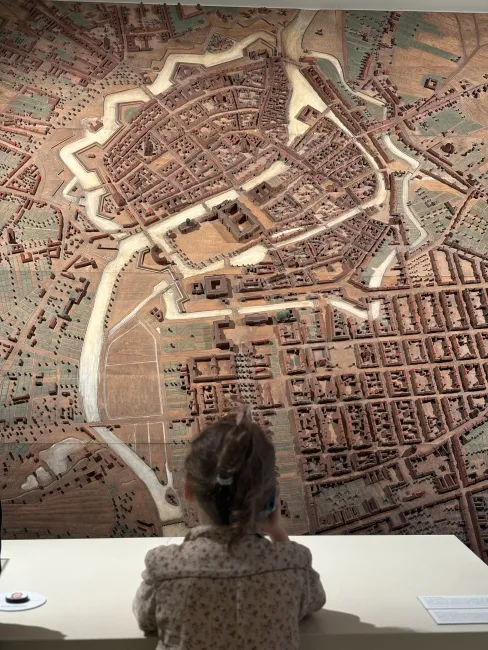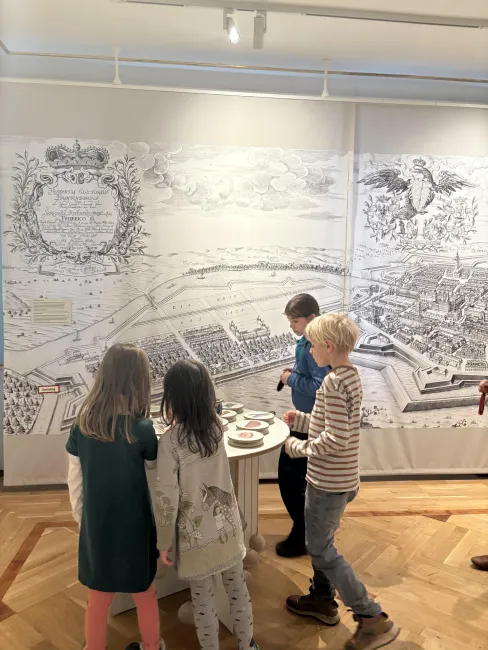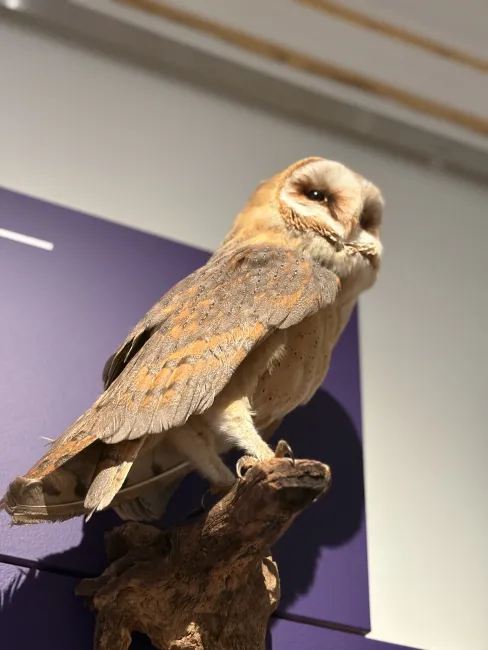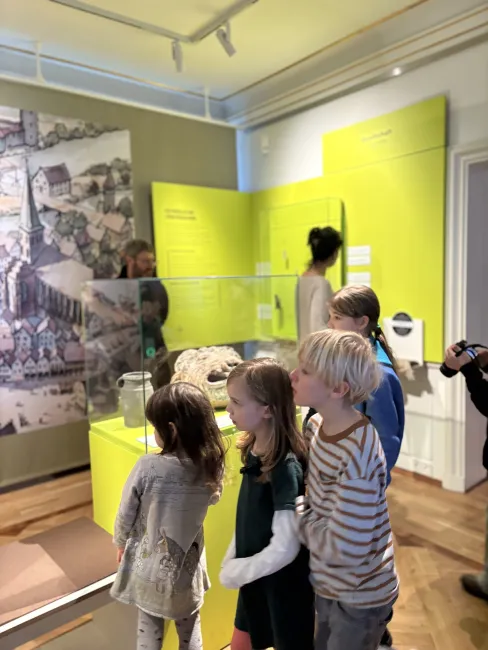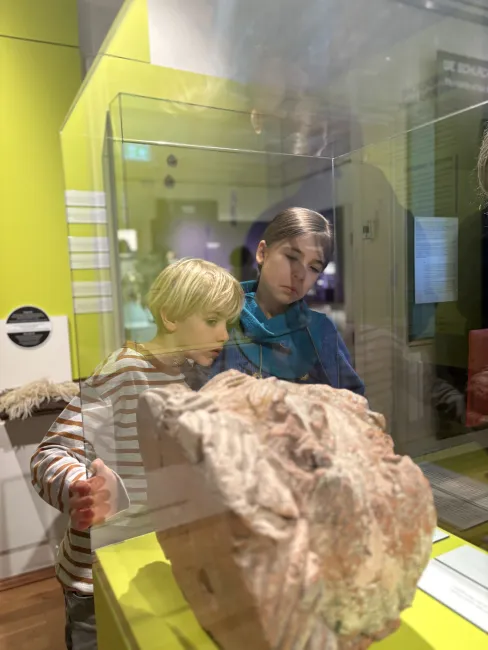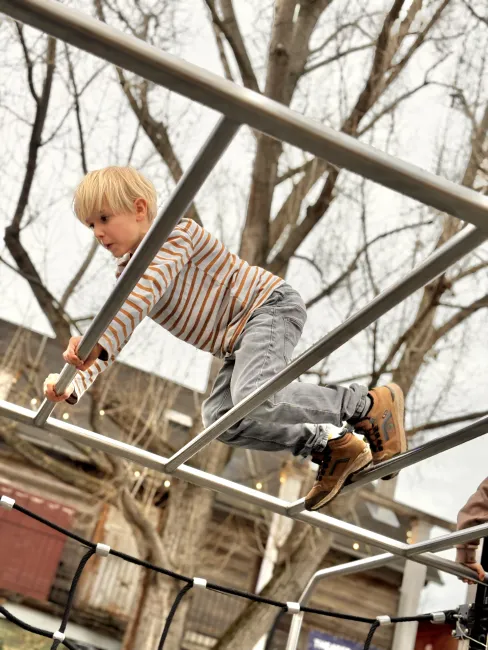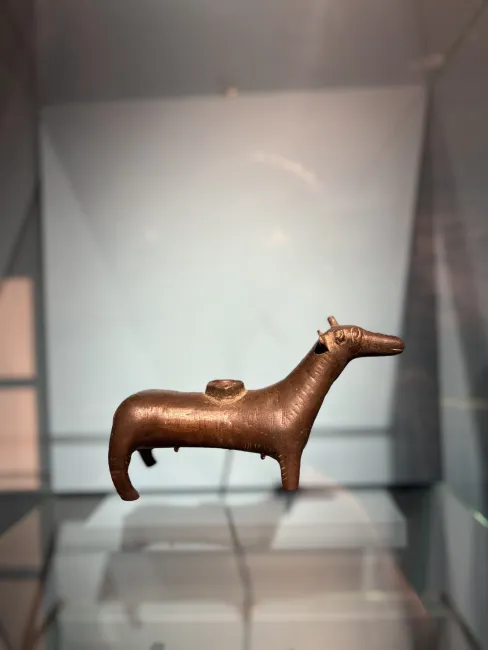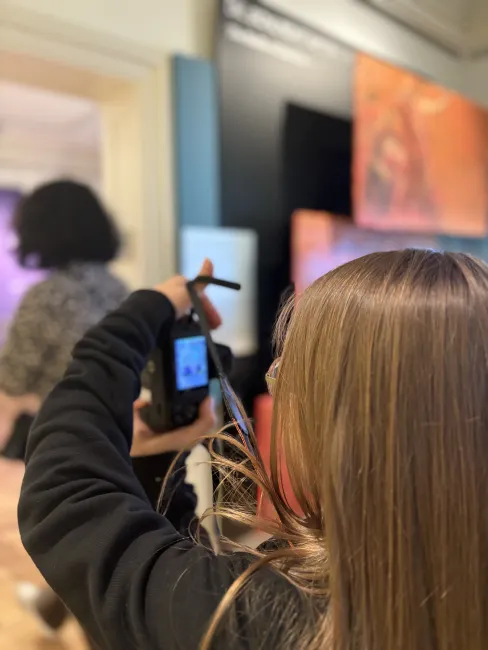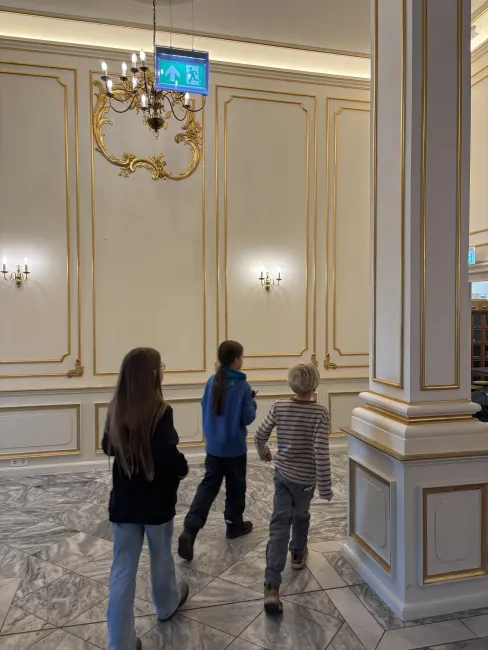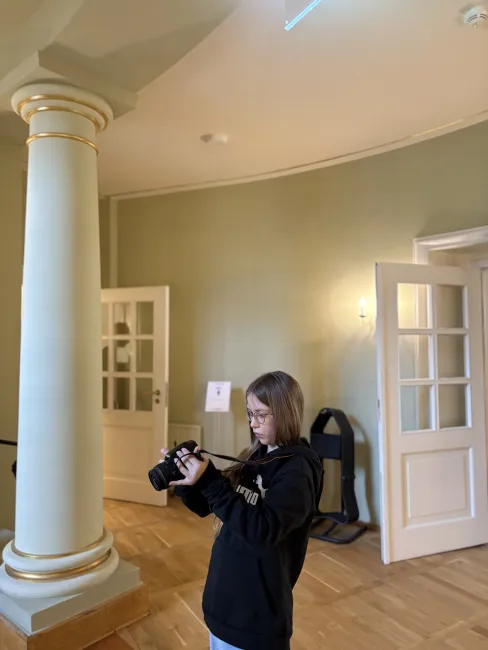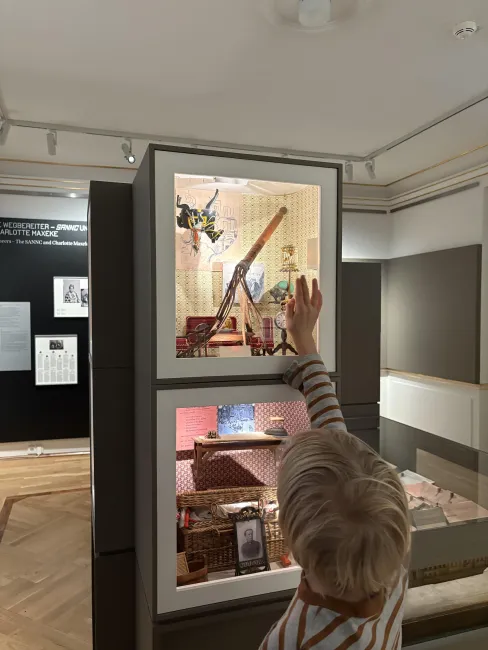Together at the German Historical Museum
In January 2025, KidsKultur kicked off the monthly theme "Paintings and Stories" with a special premiere: Together, we visited the German Historical Museum at the Berlin Zeughaus on four occasions. This significant building of North German Baroque marked the beginning of the famous street "Unter den Linden." The German Historical Museum is Germany's national history museum and one of the largest history museums in the world. Located in the historic center of Berlin, it sees itself as a place to strengthen historical judgment, addressing overarching philosophical, ethical, and historical questions.
During the guided tours, the KulturKinder immersed themselves in the world of about 500 years ago. Starting with the Augsburg Monthly Paintings, topics such as clothing, games, travel, and precious metals were discussed and deepened through creative activities. The Augsburg Monthly Paintings are a series of twelve paintings from the 16th century representing the twelve months of the year. They were created around 1520 by an unknown artist, presumably from the Augsburg region. The paintings are an impressive depiction of daily life and activities of people throughout the seasons.
Each monthly painting depicted a typical scene for its respective month, such as agricultural work, festivals, hunting, or other seasonal activities. Both the natural environment and the clothing and tools of the depicted individuals were rendered in detail, making them valuable historical documents. In addition to their artistic quality, the paintings also offered insights into the lifestyle, social structures, and cultural practices of the time.
The central focus was not only on how paintings and other exhibits came to be in the museum. At the end, the children could create a joint panoramic painting in the workshop. Of course, we also brought along our sketchbooks and materials, as usual, to create individual works.
Since the Tiergarten was nearby, we took the opportunity to get plenty of fresh air, collect natural materials, and create creative land art projects. Physical activities, as always, were a priority. Additionally, surprise visits from special guests enriched some of the sessions.
Schedule
January 4th 12:00 PM – 4:30 PM
Exhibition visit and guided tour
Outing to the Tiergarten and break at Café Am Neuen See
January 11th 12:00 PM – 4:30 PM
Exhibition visit and guided tour
Land art session in the Tiergarten and break at Café Am Neuen See
January 12th 12:00 PM – 4:30 PM
Exhibition visit and guided tour
Land art session in the Tiergarten and break at Café Am Neuen See
January 19: 12:00 PM – 4:30 PM
Exhibition visit and guided tour
Land art session in the Tiergarten and break at Café Am Neuen See
Mind, Body & Soul
Mind
- The children developed their historical understanding by immersing themselves in the world of 500 years ago.
- They engaged not only with painting as an art form but specifically with the Augsburg Monthly Paintings, learning more about the life, culture, and social structures of the time.
- By exploring topics like clothing, games, travel, and precious metals, their analytical thinking and curiosity were fostered.
Body
- The children stayed active through movement in the museum, creative work in the workshop, or activities in the nearby Tiergarten.
- The creative work on individual or group art projects enhanced their fine motor skills and strengthened hand-eye coordination.
- Physical activity and fresh air supported their well-being and concentration.
Soul
- The children experienced the artworks not only intellectually but also emotionally by drawing connections to their own lives during discussion circles.
- The creative activities in the workshop provided them with an opportunity to express themselves and process their emotions artistically.
- The communal experience and reflection on how exhibits arrived at the museum fostered an awareness of appreciation and responsibility toward culture and history.
